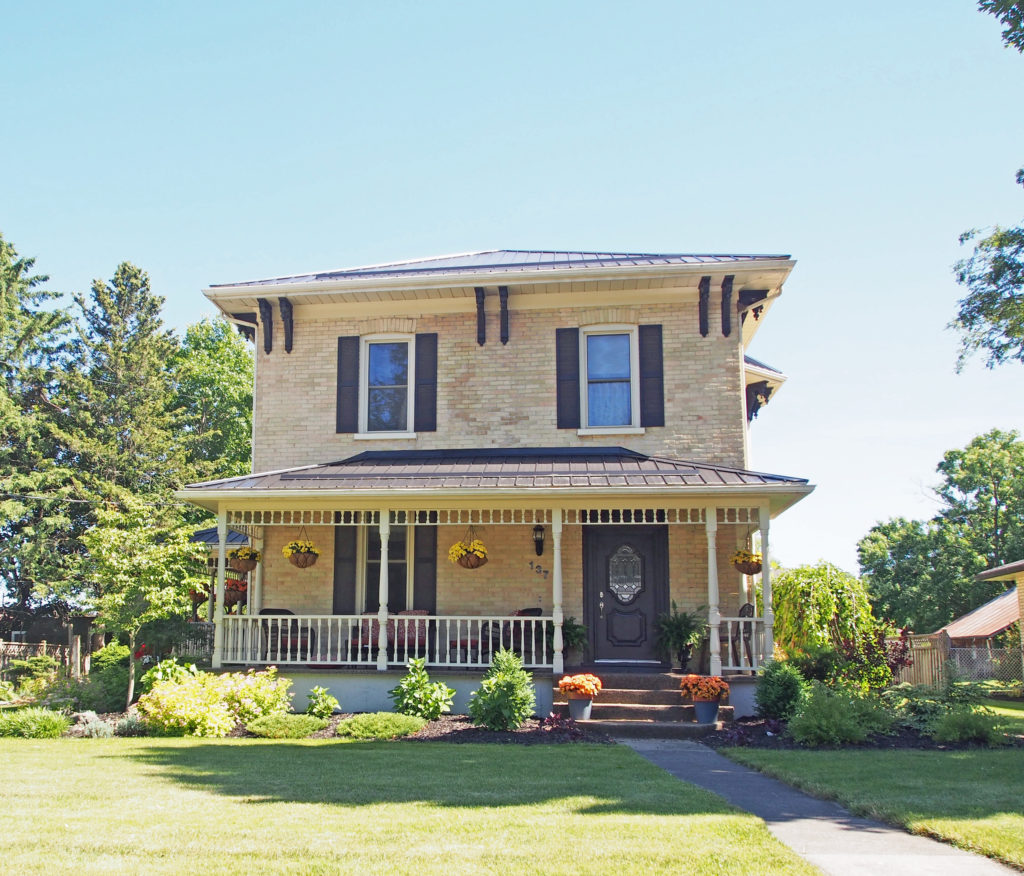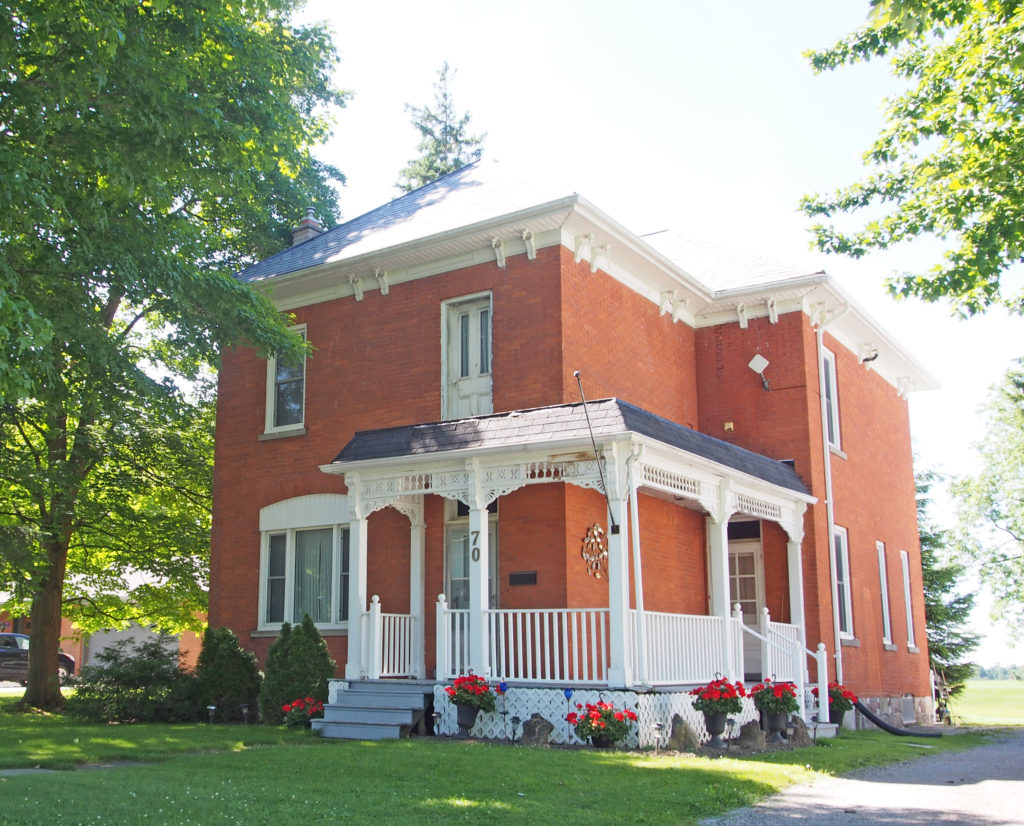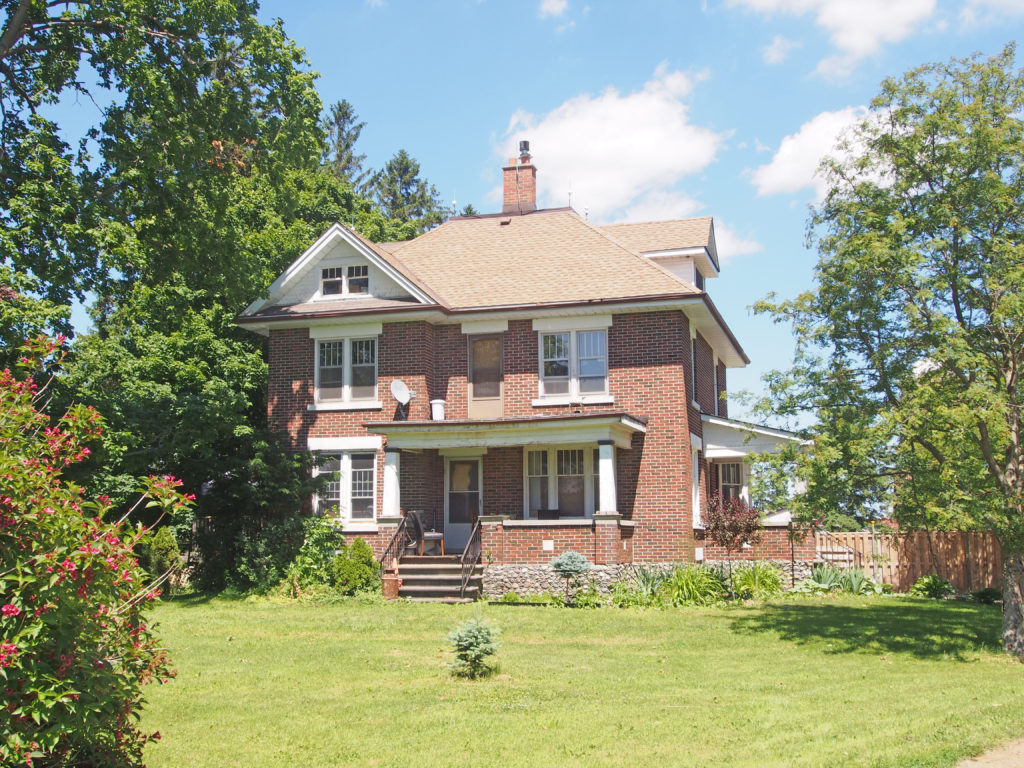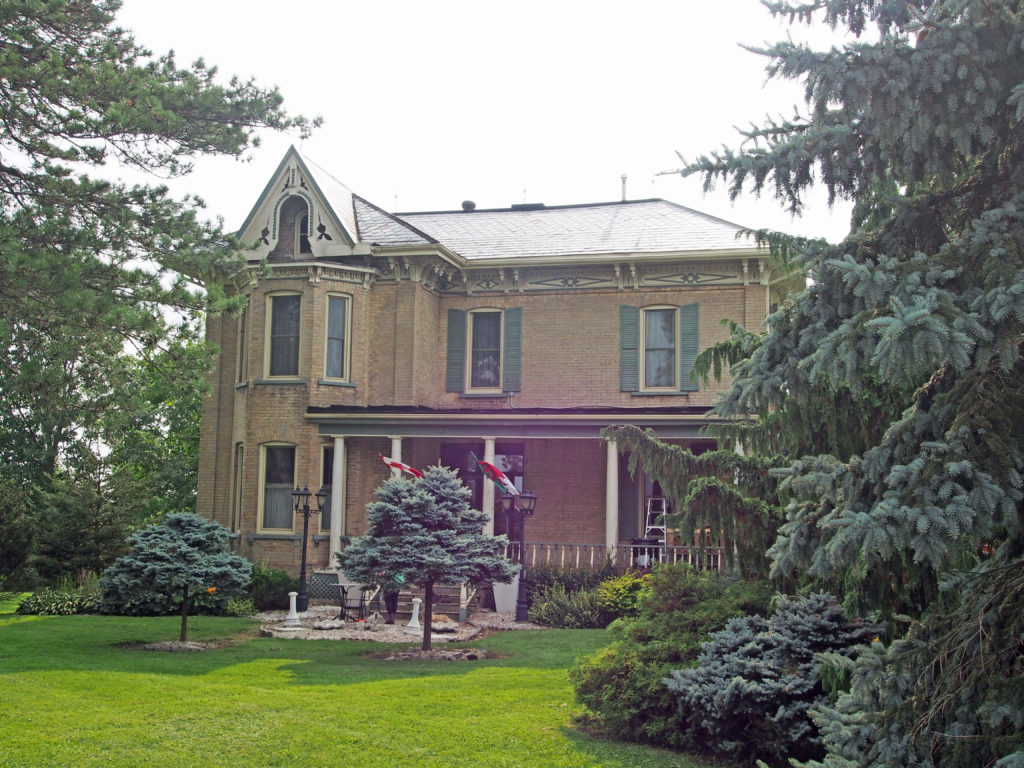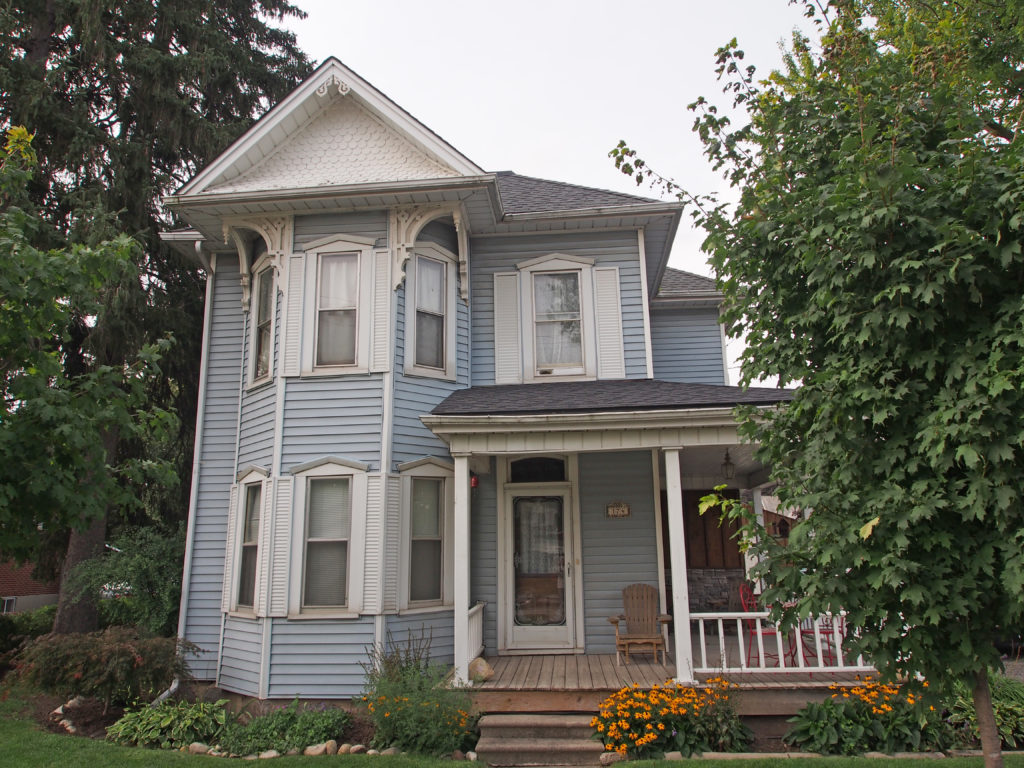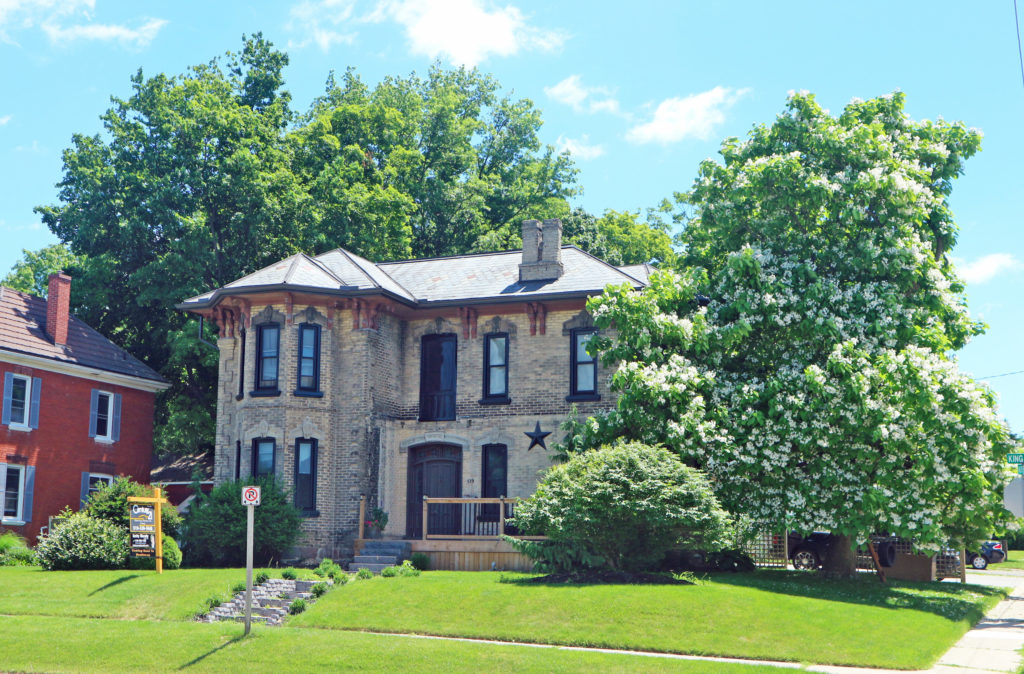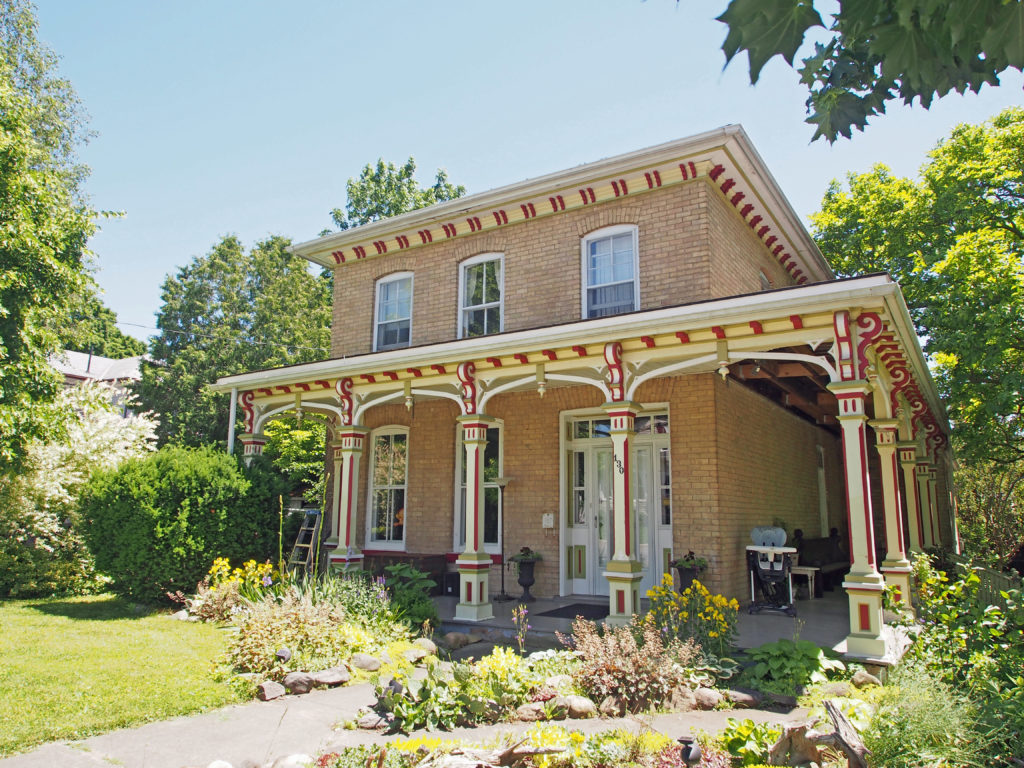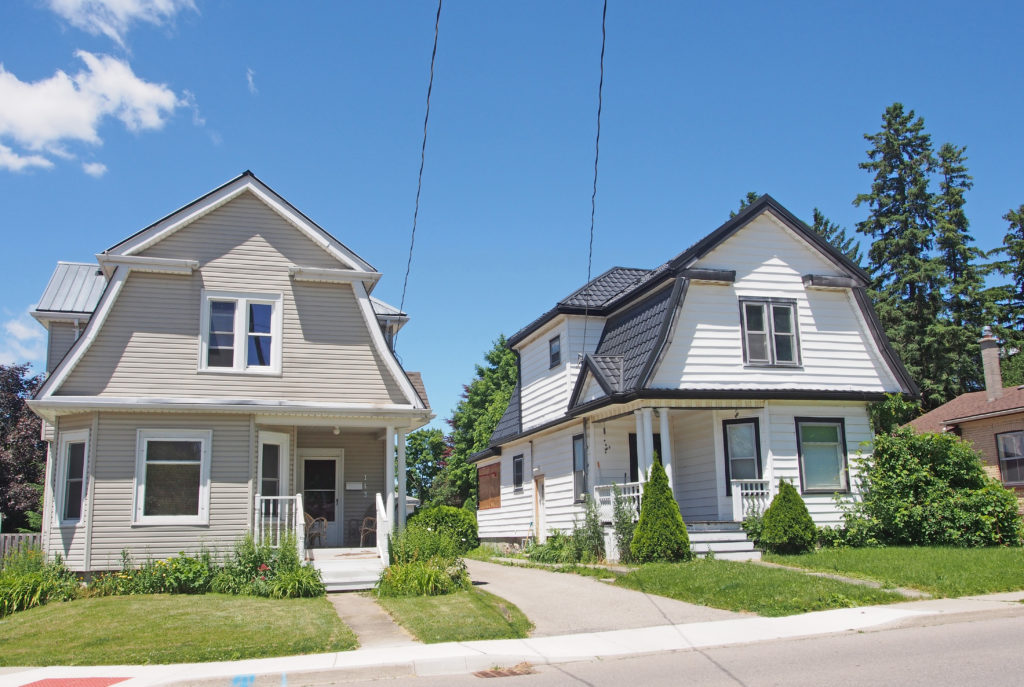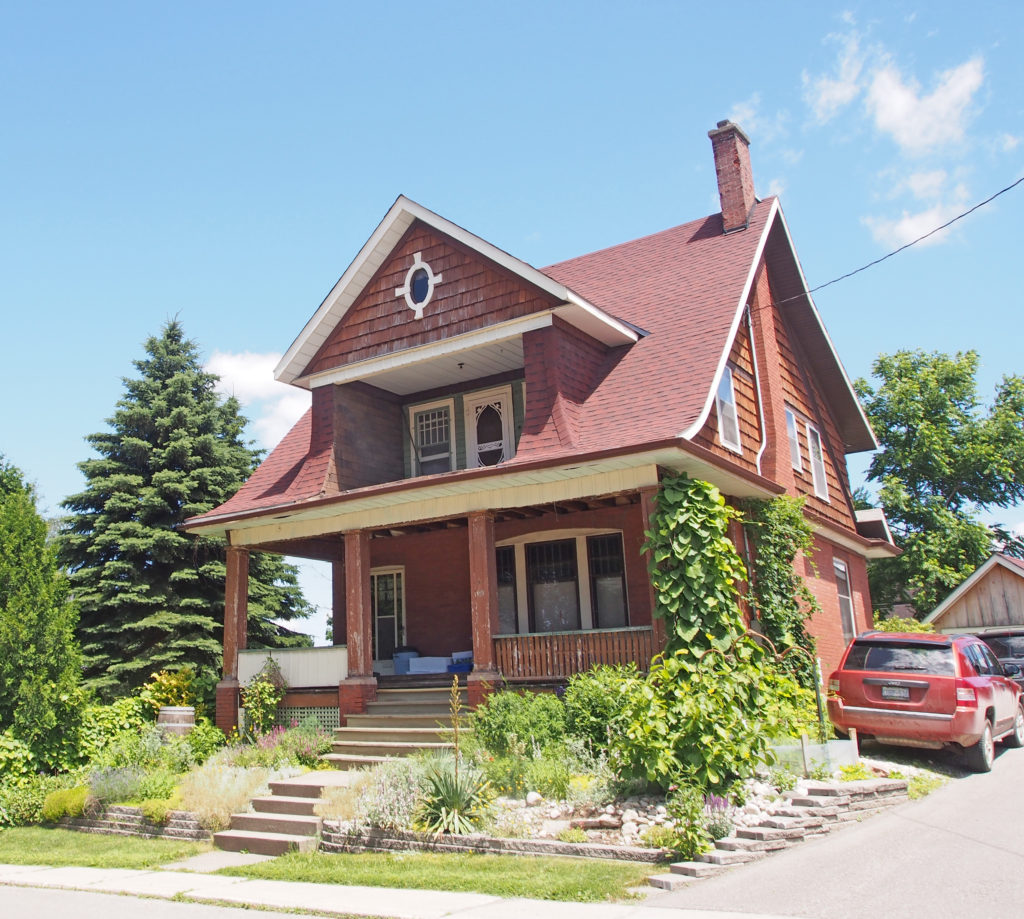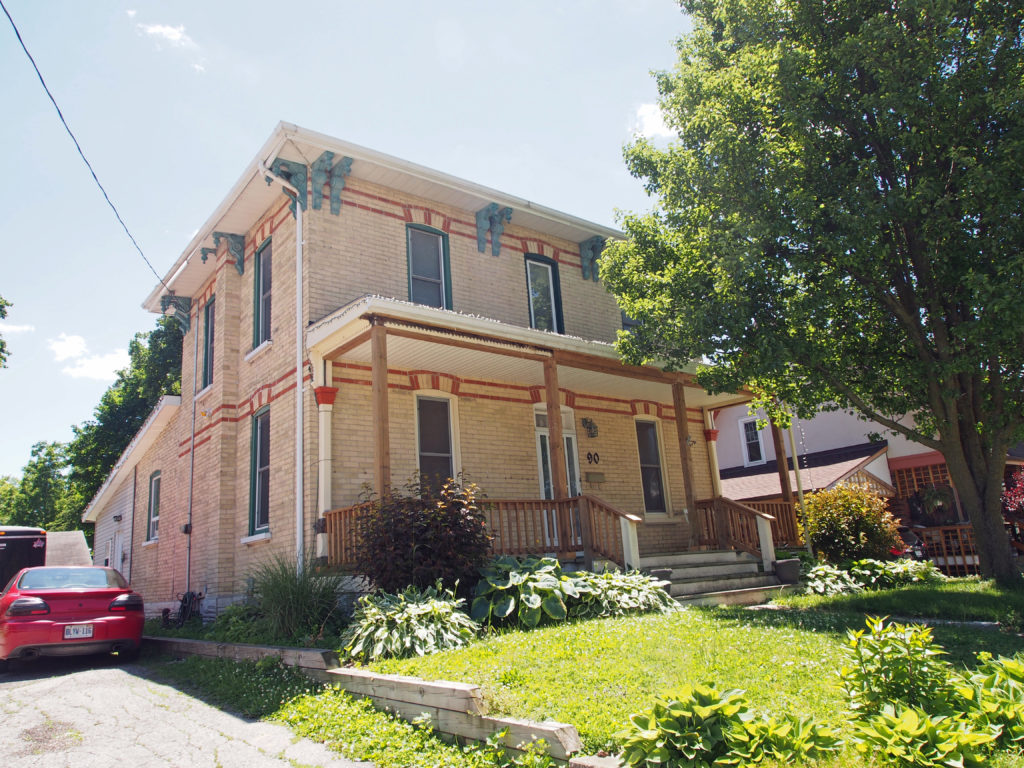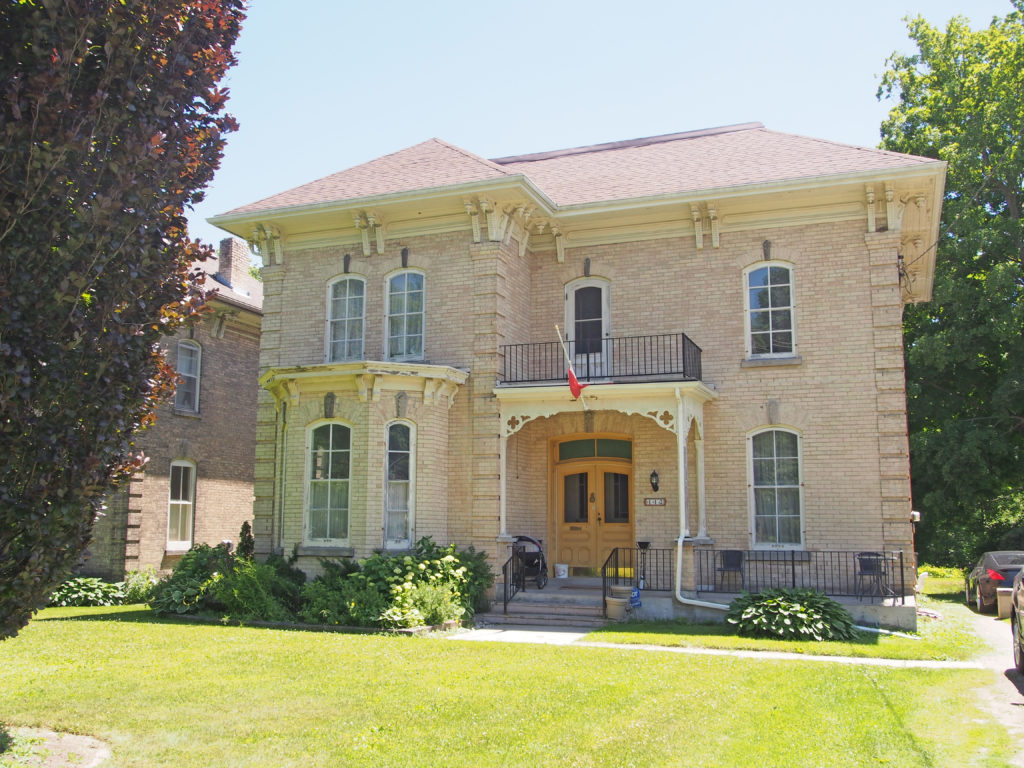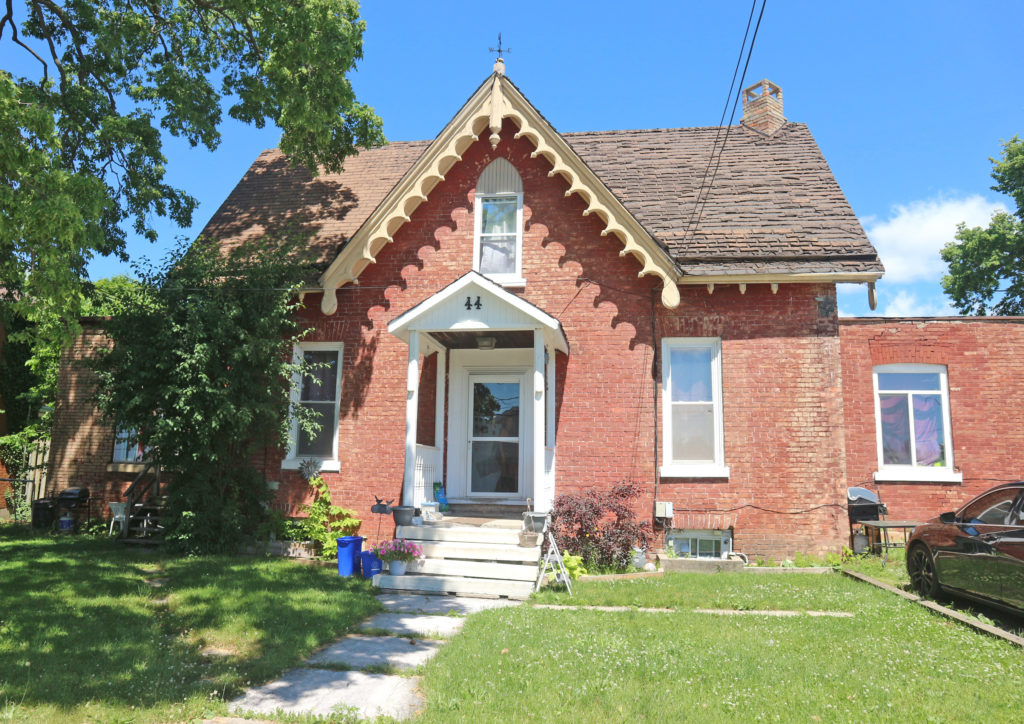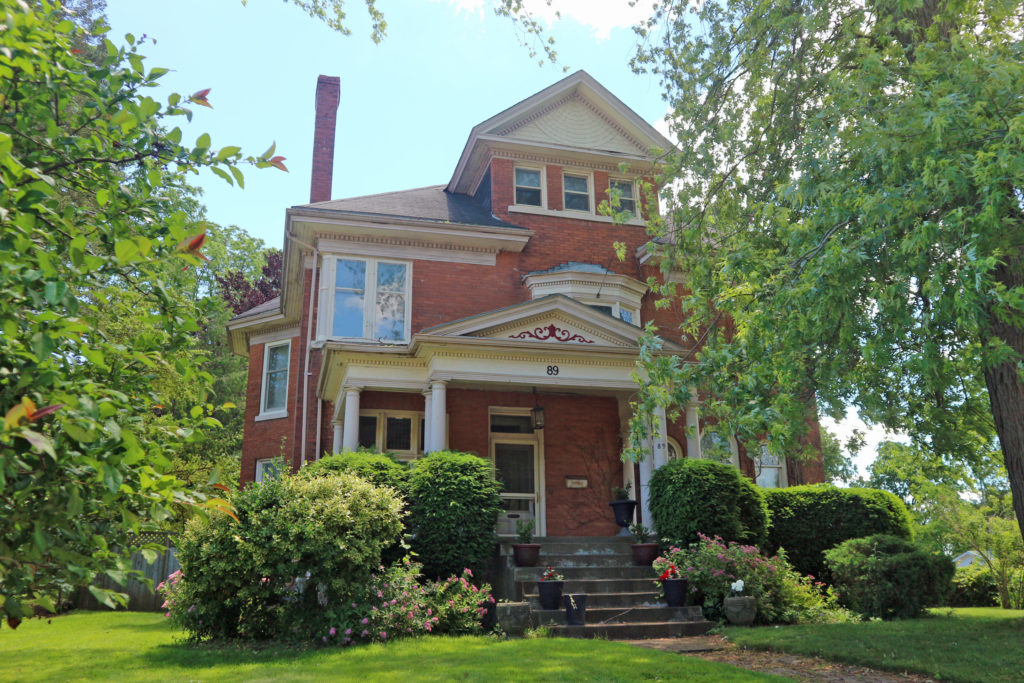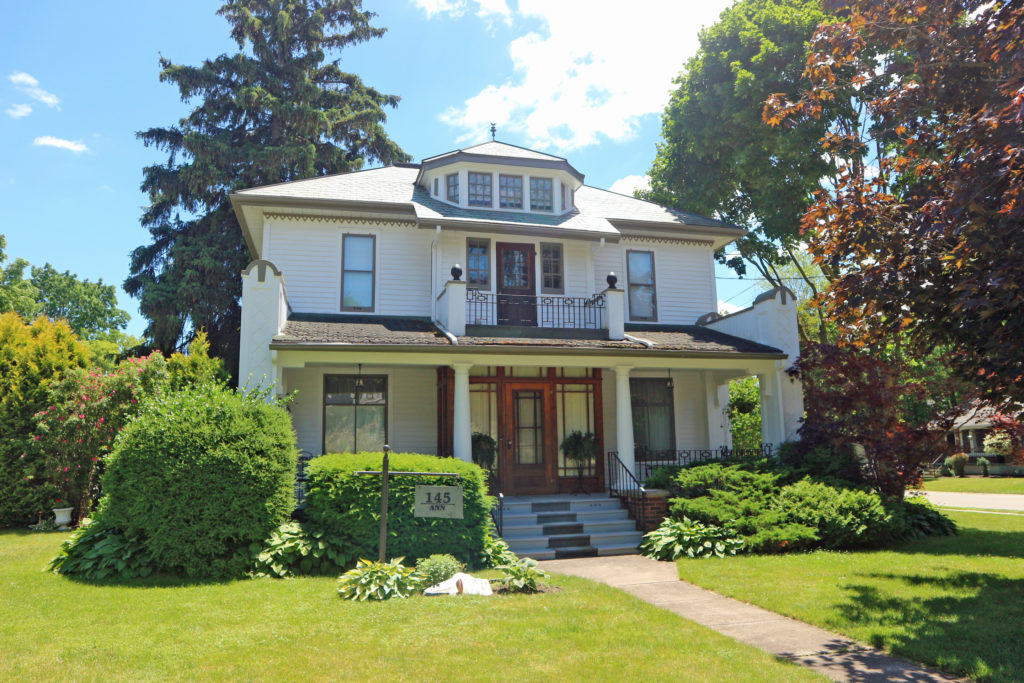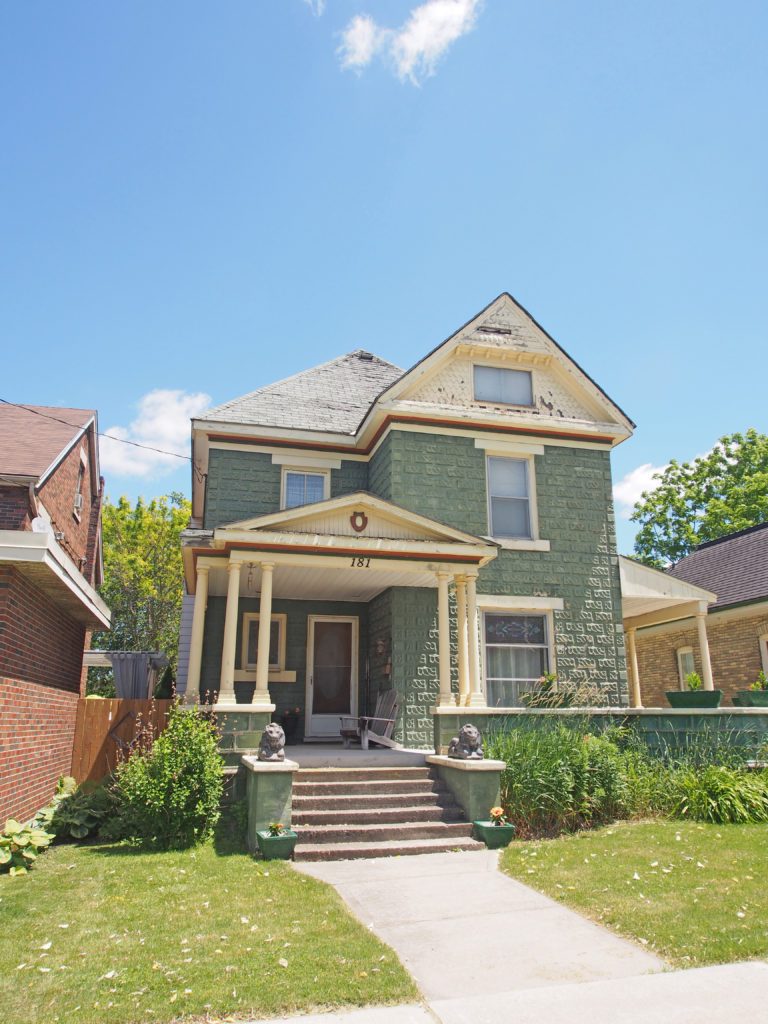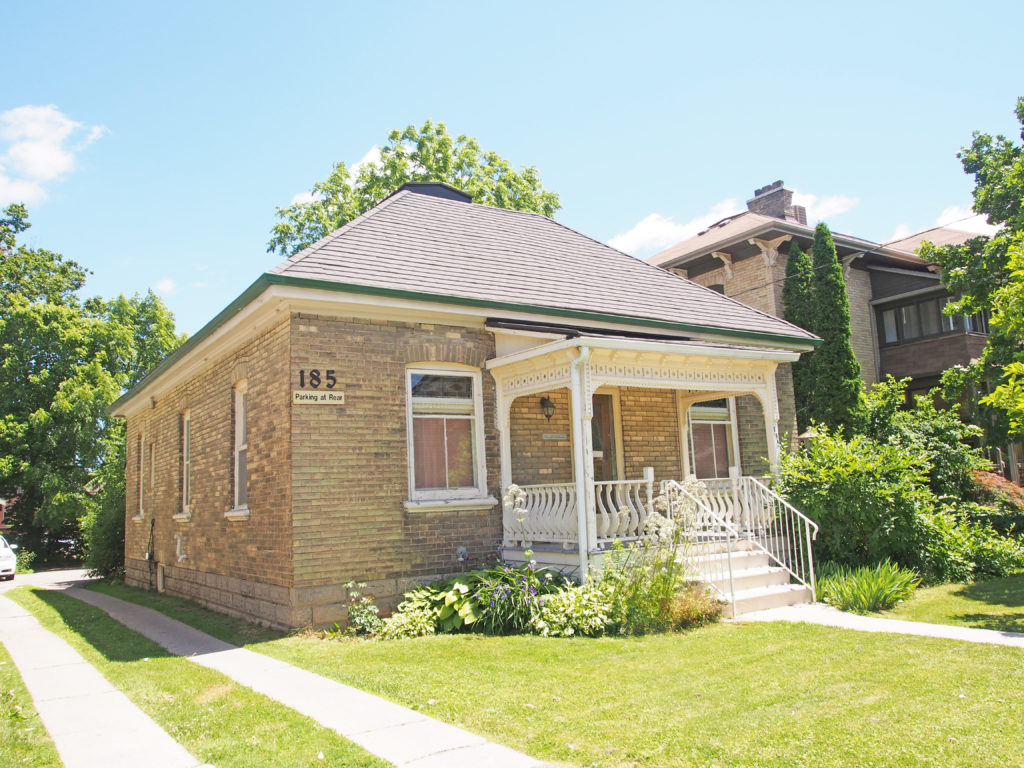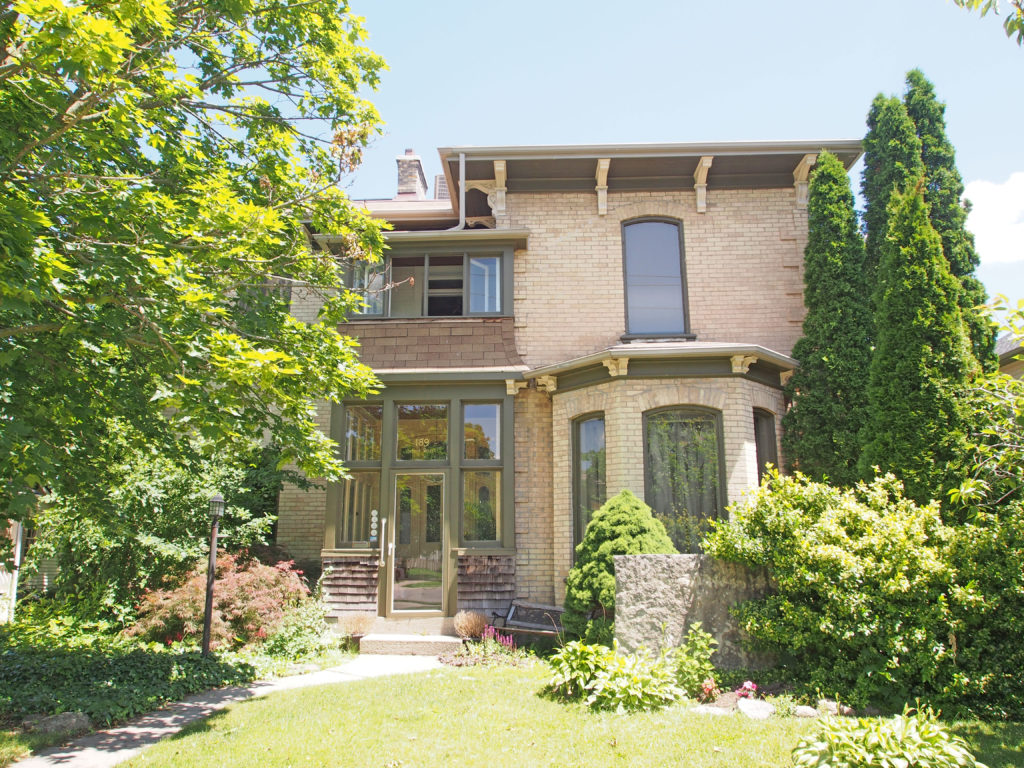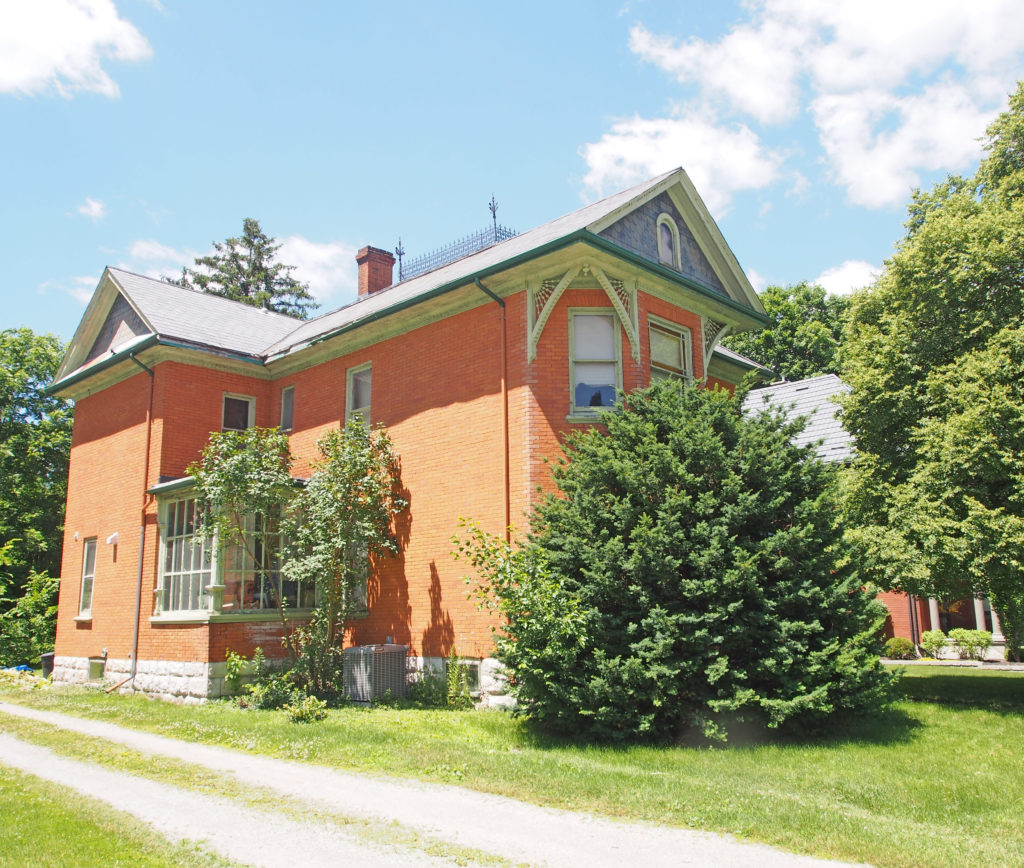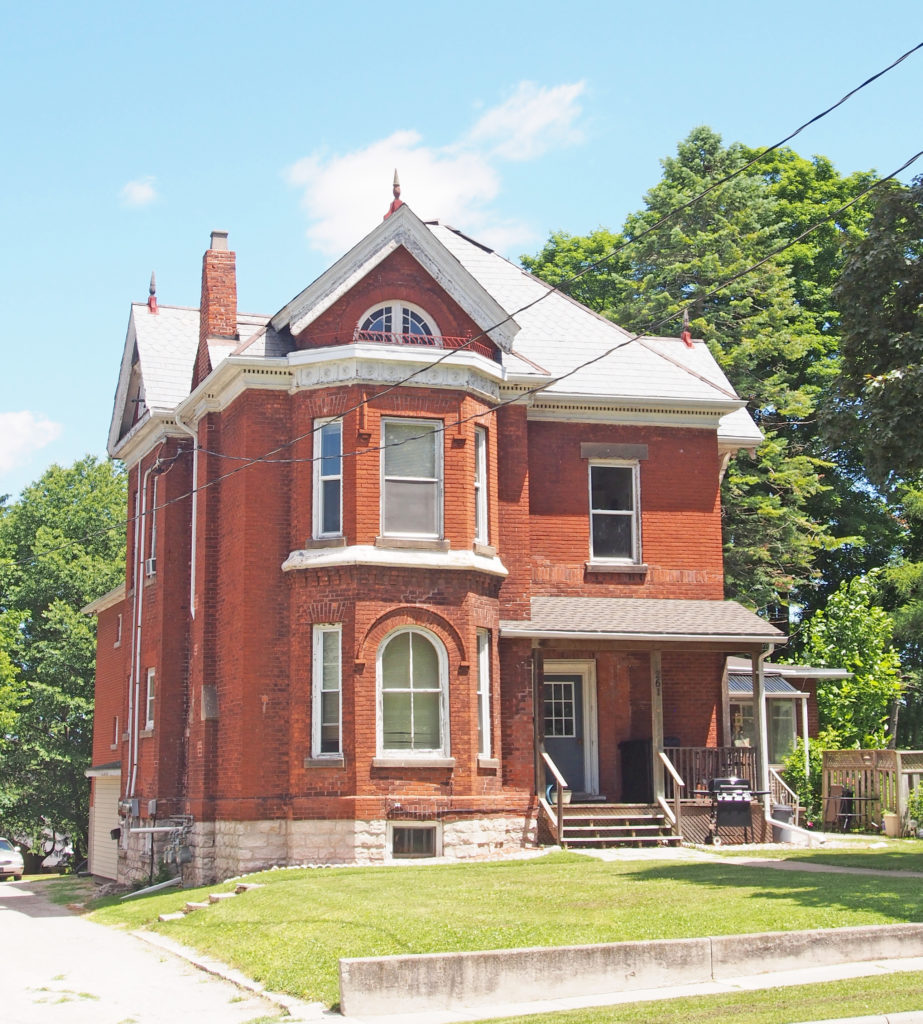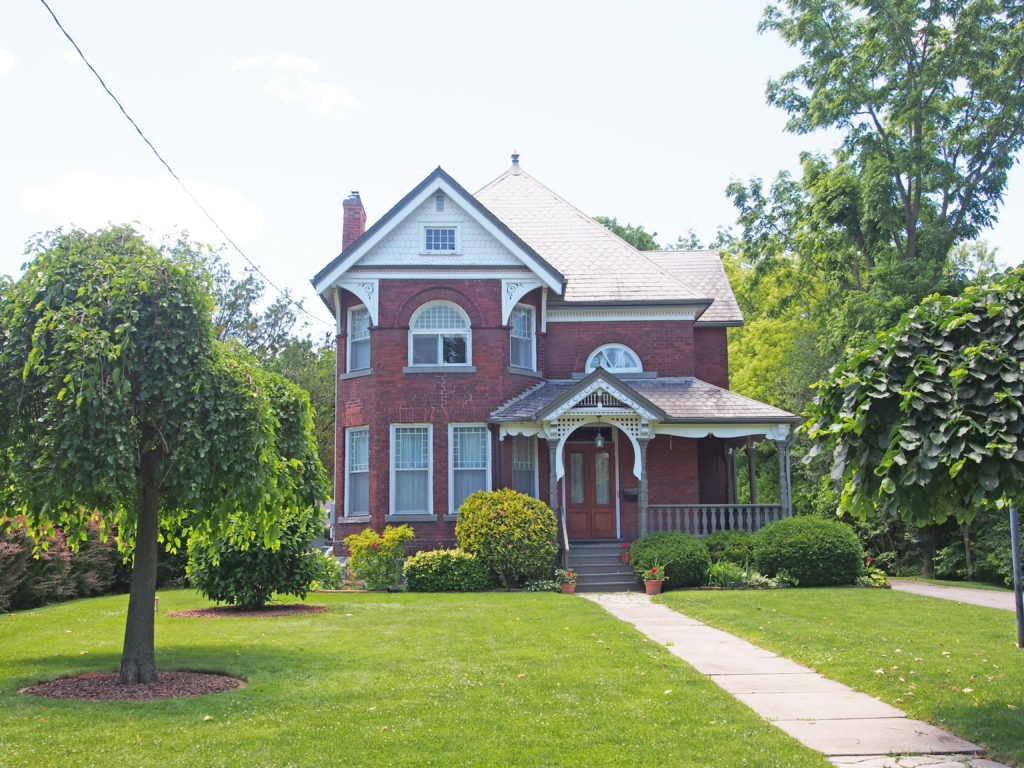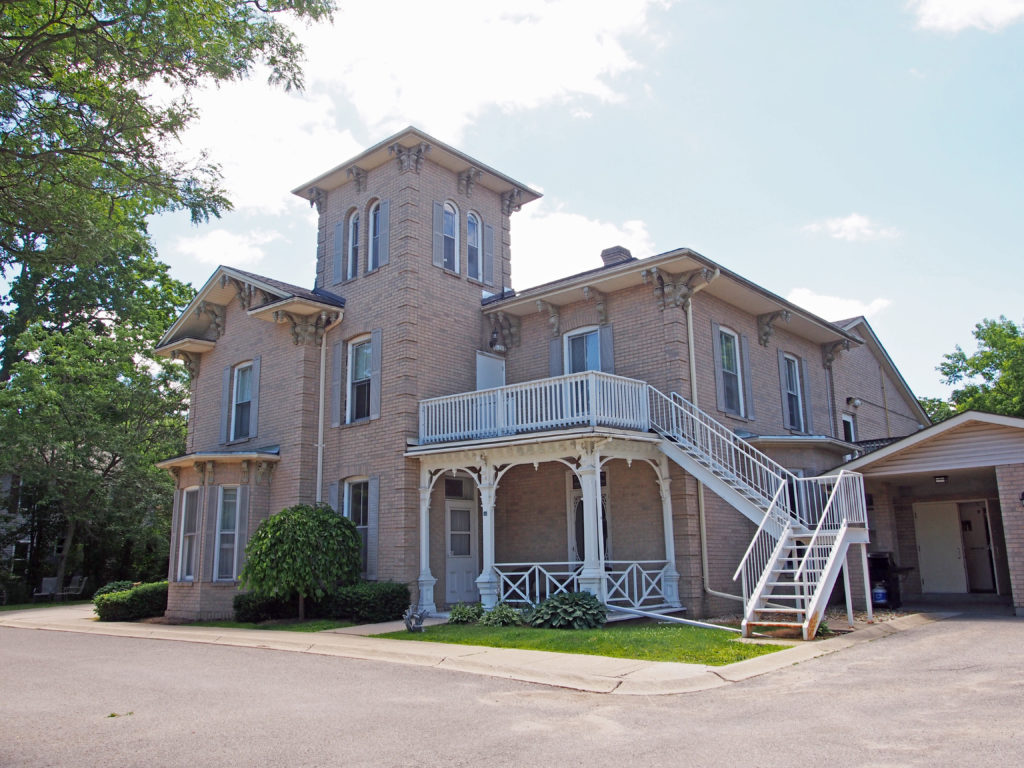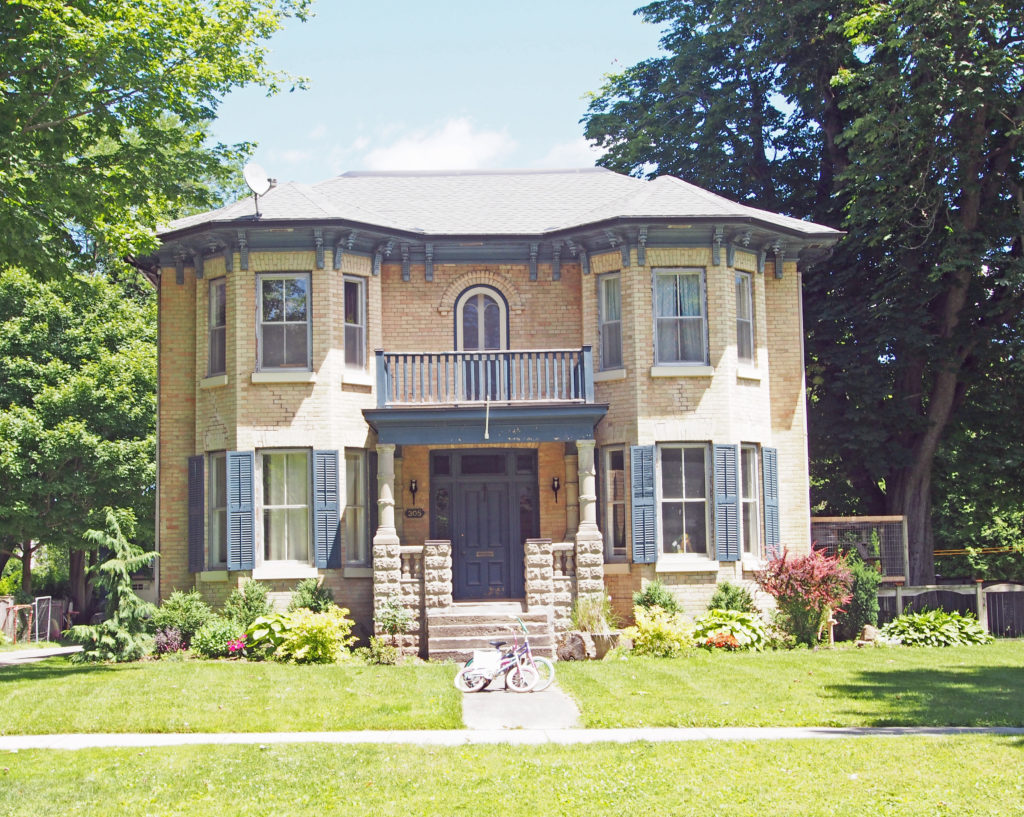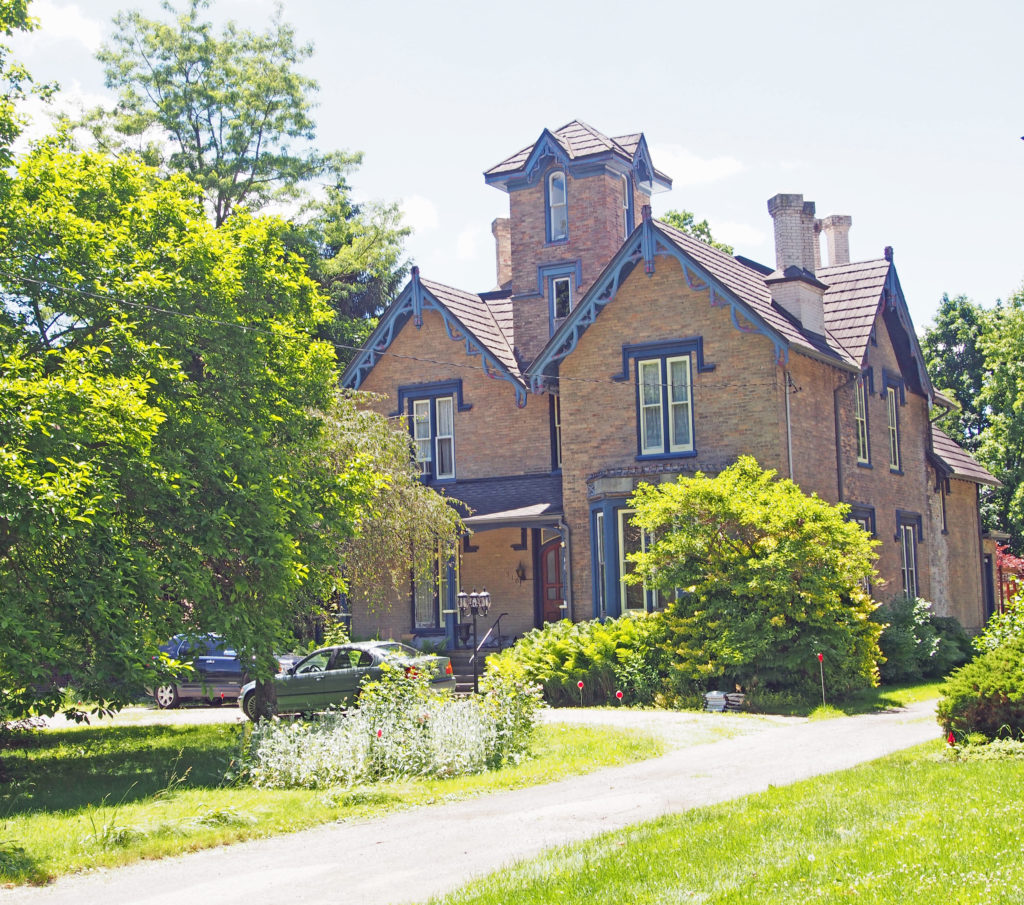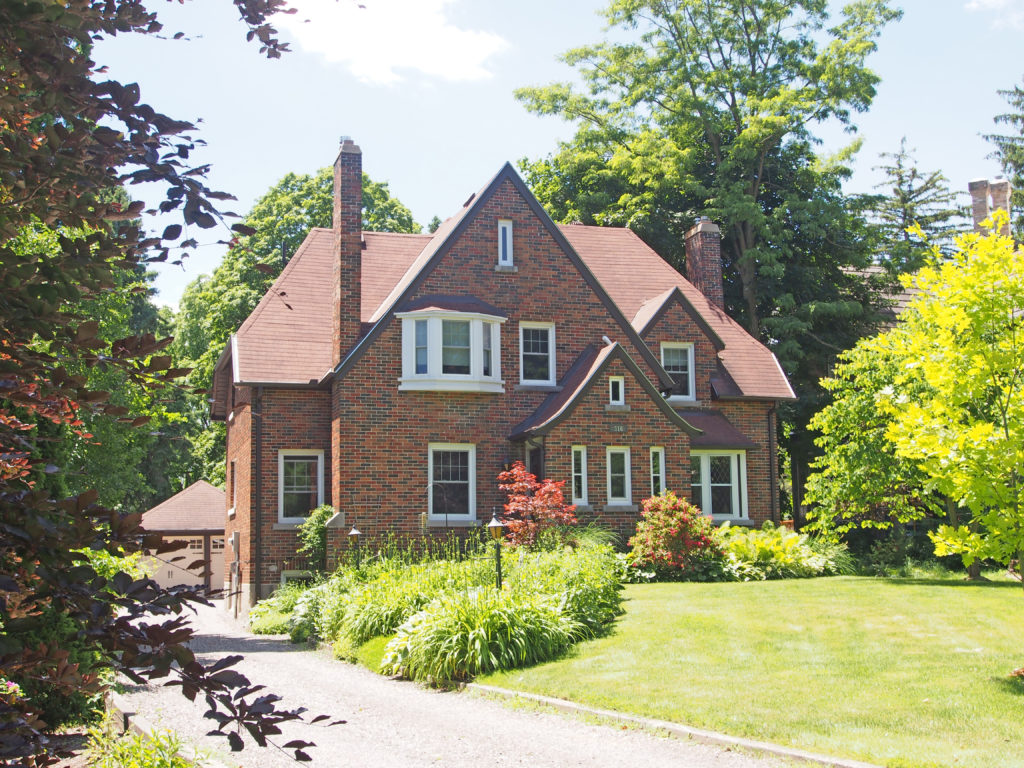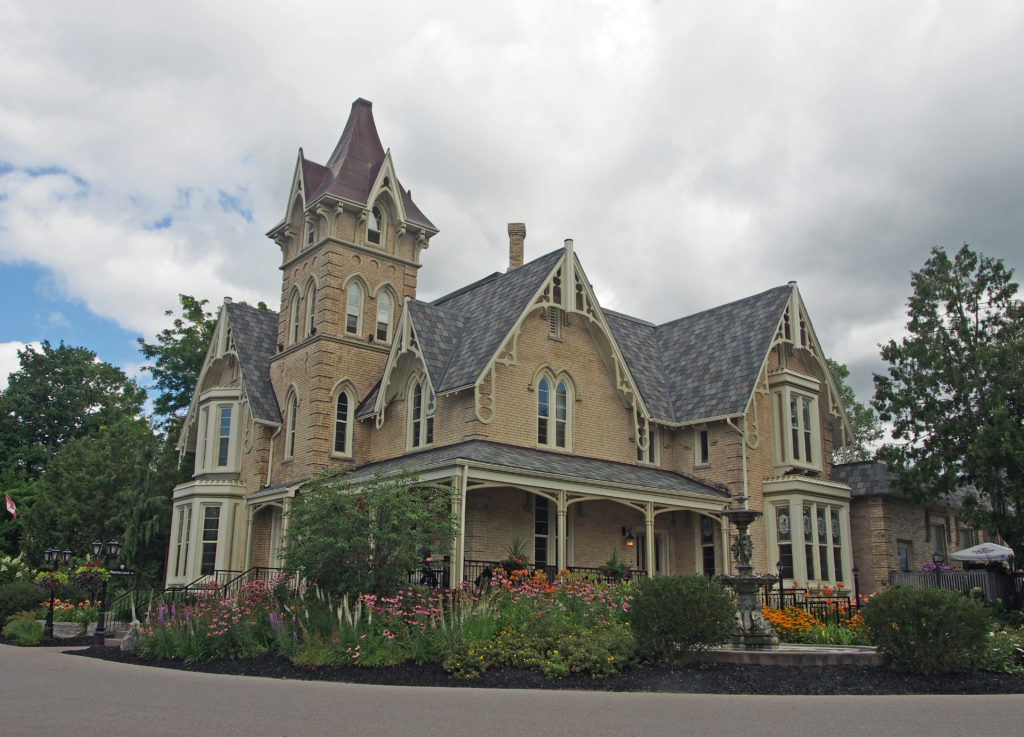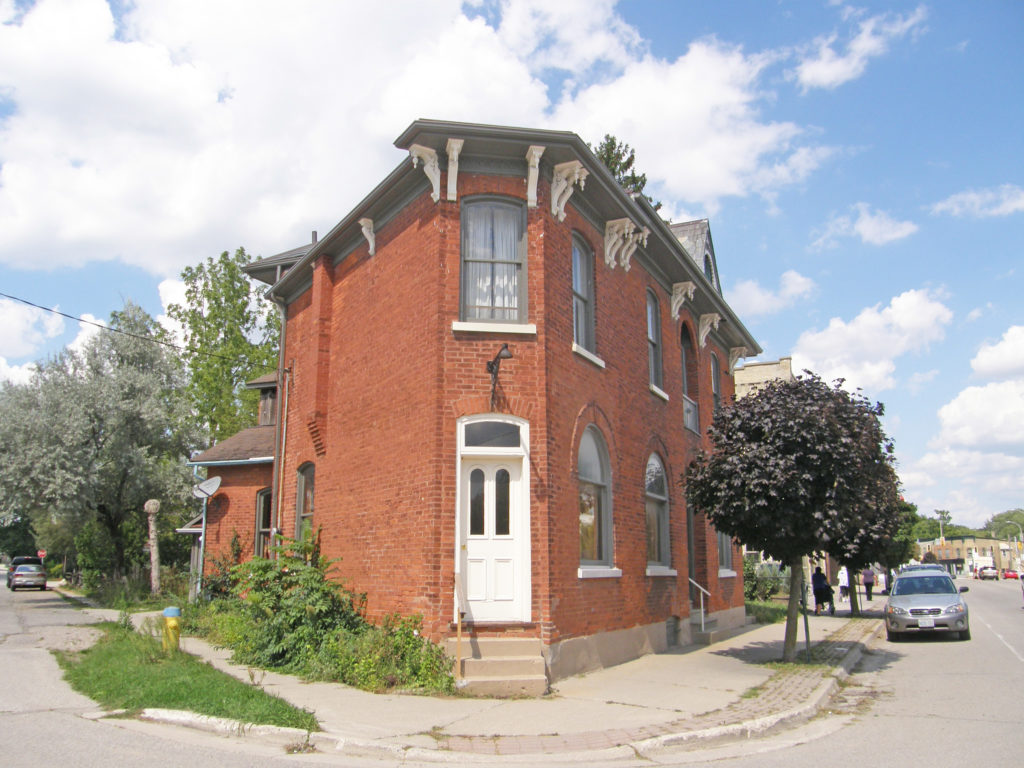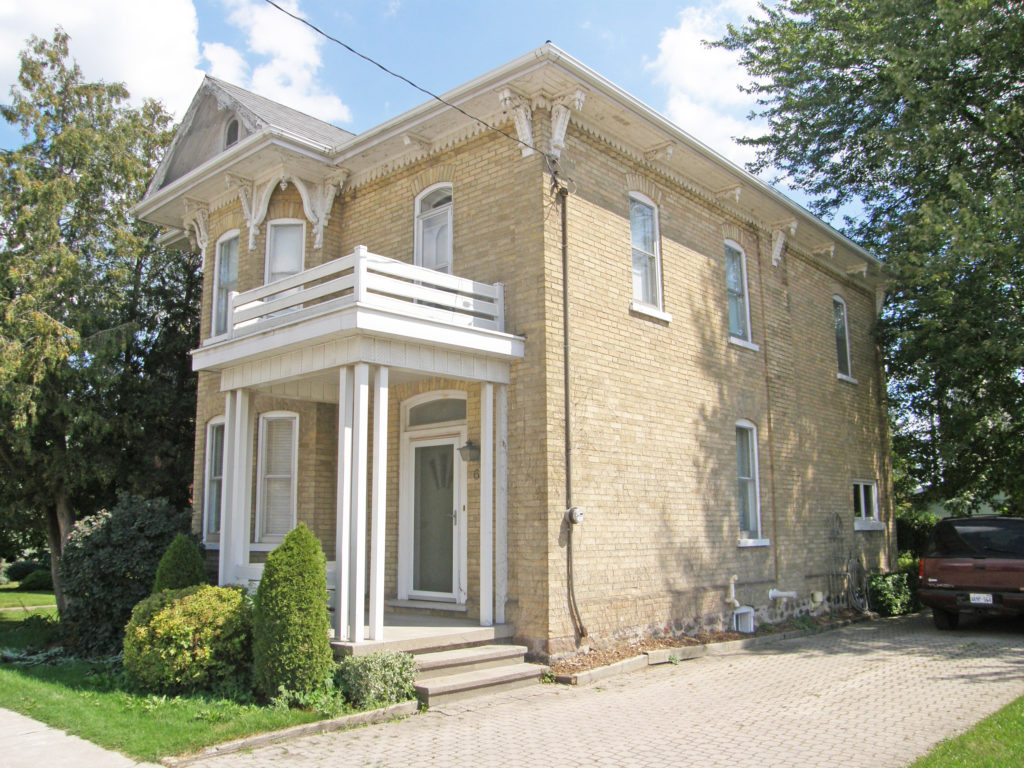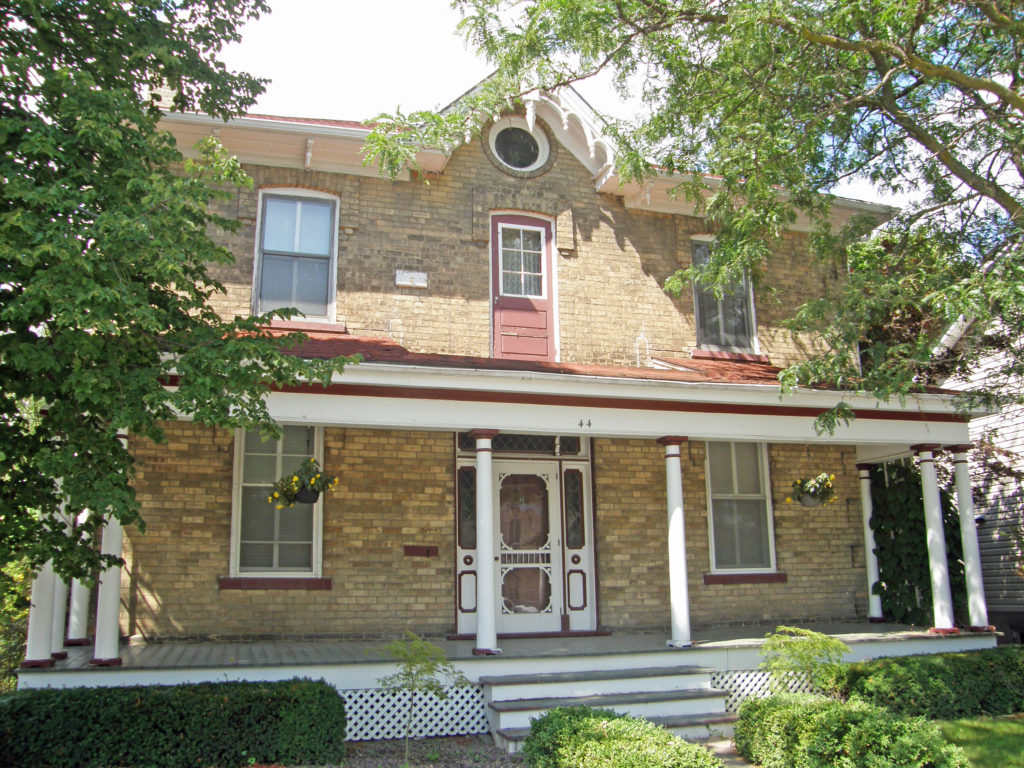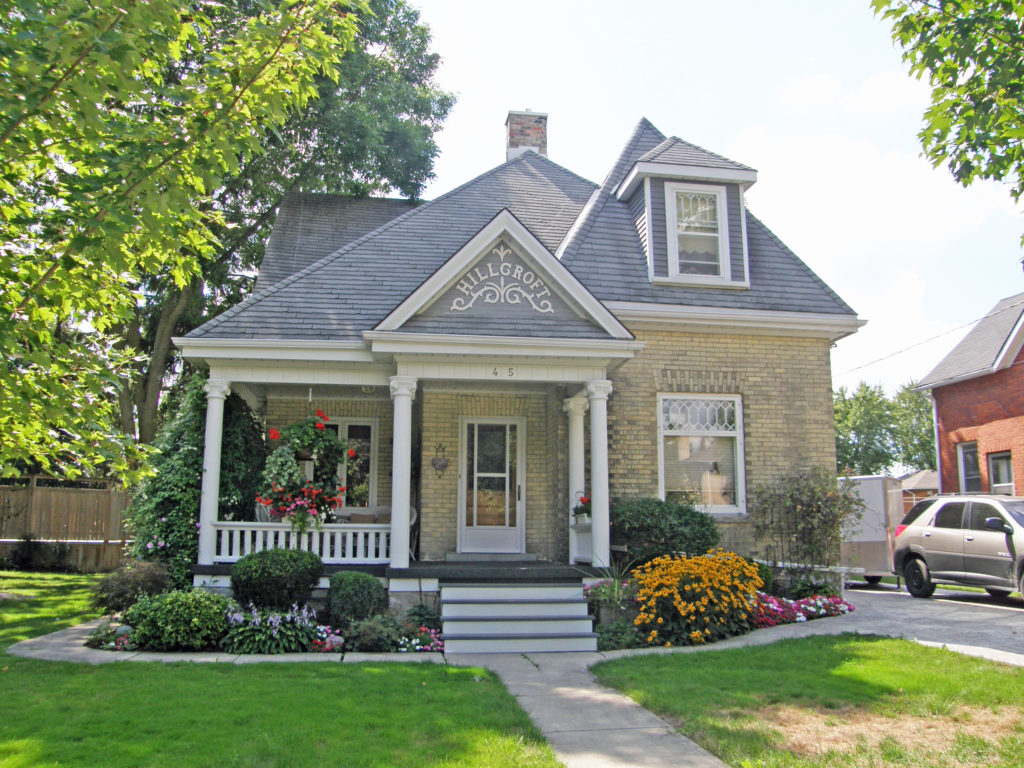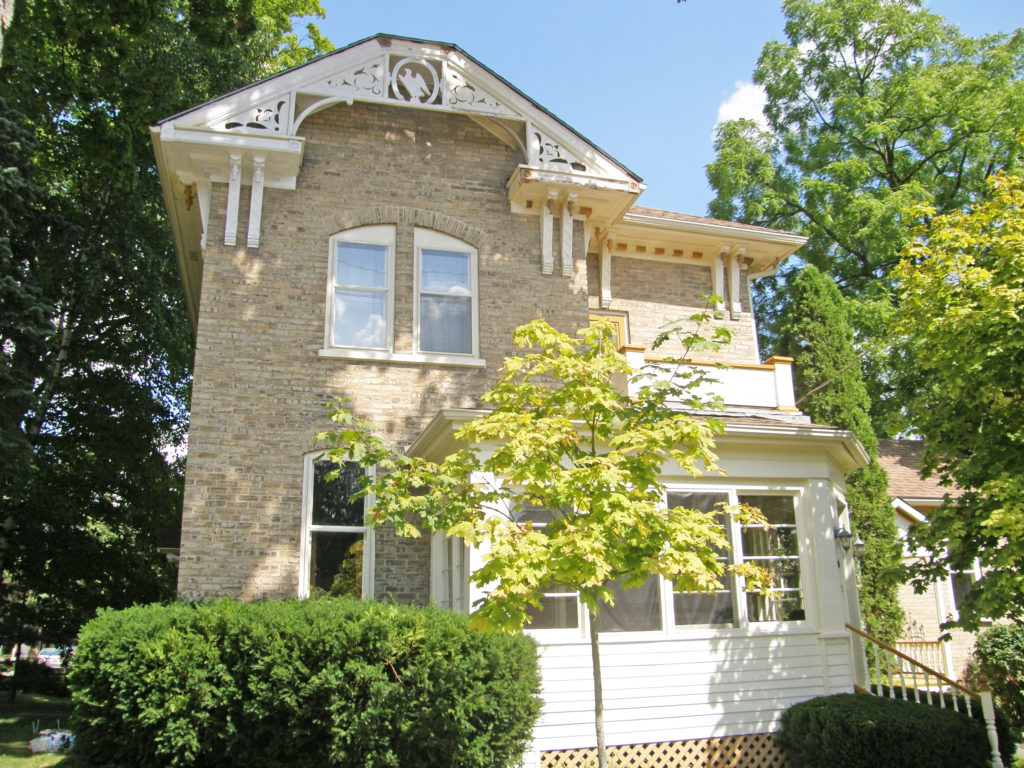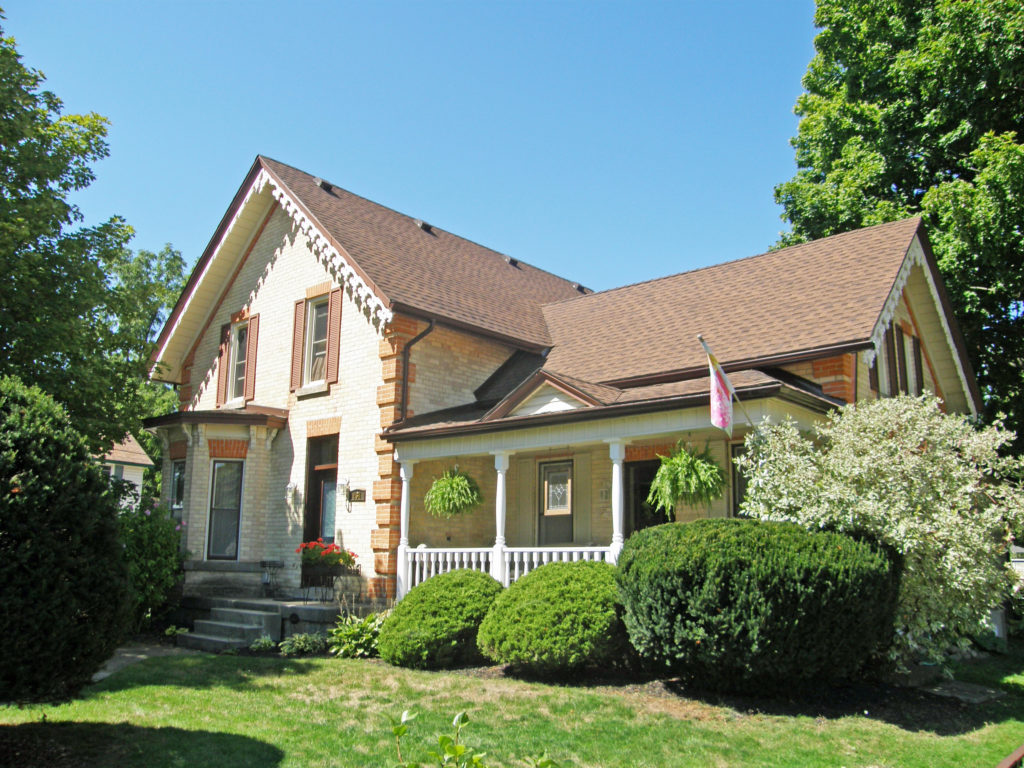Zorra is a township in Oxford County in south-western Ontario. A predominantly rural municipality, Zorra was formed in 1975 through the amalgamation of East Nissouri, West Zorra and North Oxford townships. It is best known for the Highland Games weekend held each summer in Embro, celebrating the heritage of the Scottish pioneer families. The township comprises the communities of Banner, Bennington, Brooksdale, Brown’s Corners, Cody’s Corners, Dicksons Corners, Dunn’s Corner, Embro, Golspie, Granthurst, Harrington, Harrington West, Holiday, Kintore, Lakeside, Maplewood, McConkey, Medina, Rayside, Thamesford, Uniondale, Youngsville, and Zorra Station.
Among the earliest settlers of Zorra Township, were United Empire Loyalists from the New England States. Zorra was first surveyed in 1820 and Embro became a separate municipality in 1858. Embro is located on a branch of the Thames River. The first buildings were two distilleries owned by McDonald and Crittenden.
Flour, grist and oatmeal mills were built. John McDonald built a carding and cloth factory. Businesses started up: watchmaker and jeweler, boots and shoes, eight blacksmith shops, wagon and carriage makers, tinsmith, carpenters, potash manufacturer, four general stores, two cabinet makers, undertaker, three doctors, and a pump manufacturer. In 1875, Embro had two newspapers, “The Planet†and “The Reviewâ€, with a third added in 1880, “The Embro Courierâ€. The Embro Public Library started as a Mechanics Institute in 1882; it became a public library in 1895.
